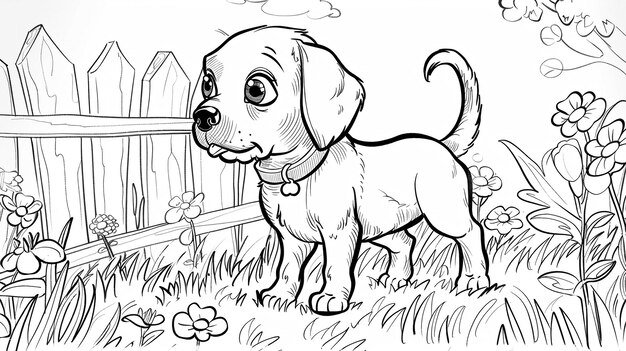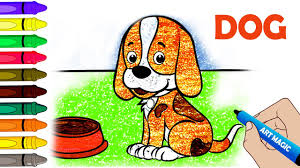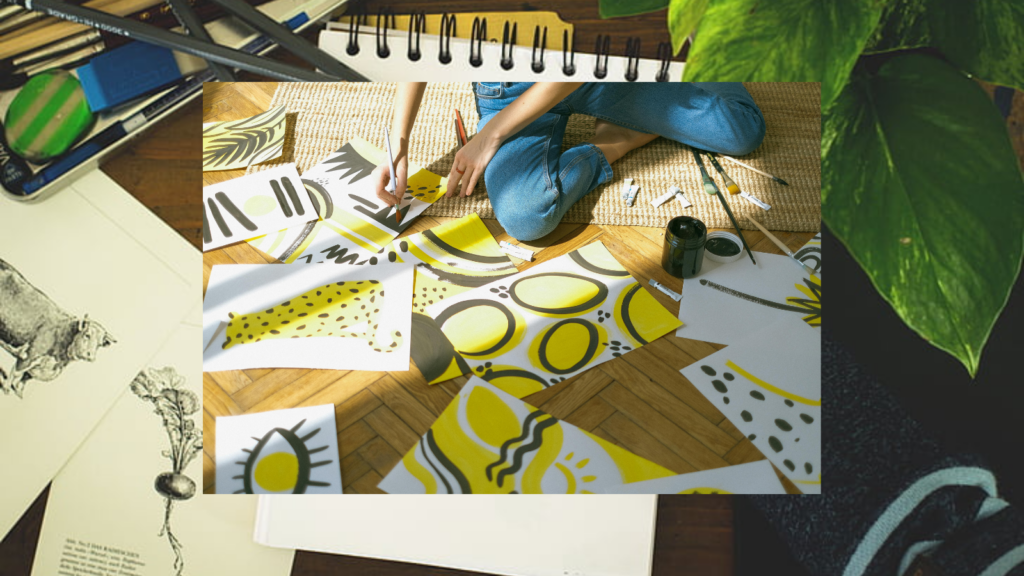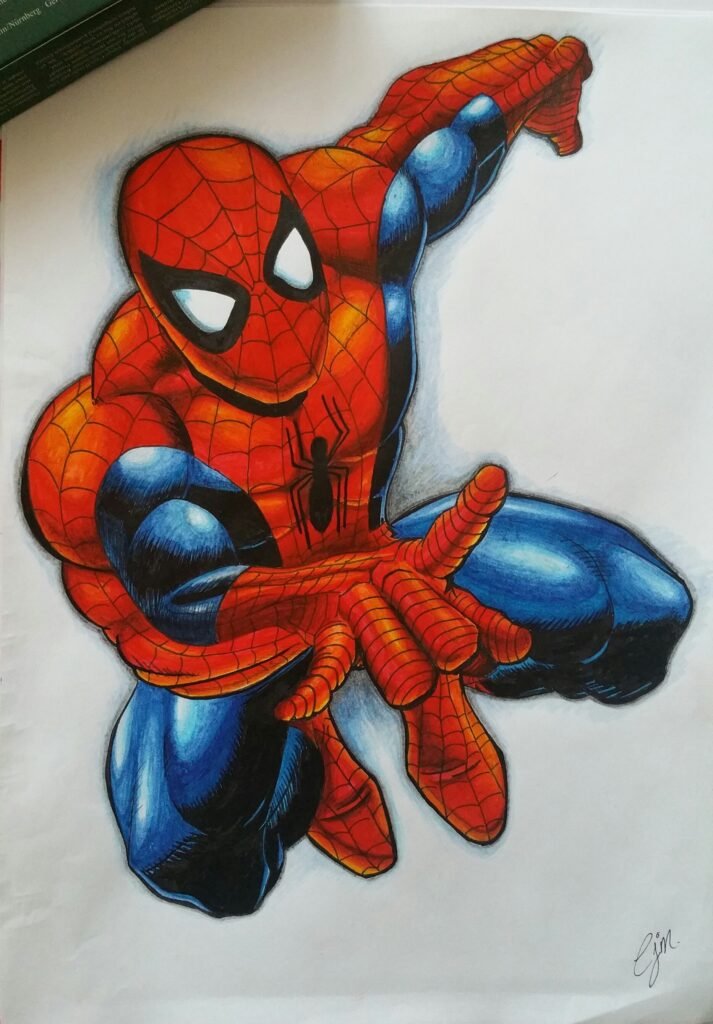Introduction to Drawing
Drawing:V04hso9zvvq= Art: Drawing is more than just putting pencil to paper; it’s a journey of self-expression and creativity. Whether you’re doodling in your notebook or aiming to create masterpieces, mastering the fundamentals of drawing can open up a world of possibilities. Many aspiring artists often feel overwhelmed by their desire to improve, but understanding essential techniques can make all the difference. If you’re ready to unlock your artistic potential and dive into the captivating realm of drawing V04hso9zvvq= art, keep reading!You’lll discover tips, materials, and insights that will elevate your skills and inspire you on this exciting creative adventure.
The Importance of Mastering Fundamentals

Mastering the fundamentals of drawing is crucial for anyone serious about improving their craft. The basics serve as the foundation upon which all artistic expression builds. Without a solid grasp of these elements,it’ss easy to become frustrated or stagnant in your skills.
Understanding core principles like shapes, lines, and shading allows artists to create more realistic and dynamic works. These concepts are not just technical; they also foster creativity by providing tools for self-expression.
Furthermore, strong fundamentals enable you to explore different styles with confidence. Whetherit’ss realism or abstraction, knowing how to manipulate basic techniques can dramatically elevate your work.
Investing time in mastering these essentials will pay off significantly in the long run. It opens doors to new possibilities and helps deepen your appreciation for art itself. Drawing becomes less about struggle and more about joy when built on a sturdy base of knowledge.
drawing:v04hso9zvvq= art

Drawing: V04hso9zvvq= art opens a realm of creativity that transcends traditional boundaries.It’ss an invitation to express thoughts and emotions through lines, shapes, and textures.
This unique approach encourages artists to explore their styles. Each stroke can reflect personal experiences or abstract concepts. The beauty lies in its versatility; you can sketch anything from realistic portraits to whimsical doodles.
Engagement with this form of art fosters mindfulness. It allows creators to immerse themselves in the present moment, shedding daily distractions. As one delves deeper into drawing V04hso9zvvq= art, new techniques and perspectives emerge, enriching the overall experience.
Experimentation is key here. Don’t hesiDon’tto blend mediums or try unconventional methods; it fuels innovation and growth as an artist. Embrace the journey!
Materials Needed for Drawing

To embark on your drawing journey, having the right materials is essential. Begin with high-quality sketch paper. It offers durability and a smooth surface for various techniques.
Next, invest in a range of graphite pencils. Different hardness levels allow you to create varied line qualities, from delicate details to bold strokes.
Charcoal sticks can add depth and richness to your work. They blend beautifully for shading but can be messy—so keep some fixative handy!
Don’t forgDon’tout erasers! A kneaded eraser is perfect for gentle lifting without damaging the paper, while a vinyl one tackles tougher marks.
Consider adding coloured pencils or markers if you wish to explore vibrant illustrations down the road. Each material brings its character to your artwork and enhances creativity in different ways.
Basic Techniques for Drawing
When starting your drawing journey, mastering basic techniques is essential. Begin with simple shapes. Circles, squares, and triangles lay the foundation for more complex forms.
Practice lines next—vary their thickness and style. Experimenting with straight and curved lines helps develop control. Try sketching quick gestures to capture movement; this builds a sense of fluidity in your art.
Shading adds depth to drawings. Use hatching or cross-hatching methods to create shadows and highlights. Gradual pencil pressure can help achieve different darkness levels.
Don’t forget Don’t blending! A tortillon or even your finger can smooth out harsh edges for a more polished look.
Keep a sketchbook handy for daily practice. Consistency breeds improvement, turning initial awkwardness into skill over time as you explore each technique without hesitation.
Understanding Perspective and Proportions
Understandingthe perspective in the drawing is crucial. It creates the illusion of depth on a flat surface. By grasping vanishing points and horizon lines, you can draw objects that appear to recede into space.
Proportions are equally important. They help maintain the correct size relationships between different elements within your artwork. A persoperson’s, for example, is typically about one-eighth of their total height.
To practice this effectively, try measuring with your pencil or using a grid method. This will guide you in maintaining accuracy while sketching.
Experiment with various perspectives—high-angle views versus low angles can drastically change how an object feels in your composition. Keep practising these principles as they lay the groundwork for more complex techniques down the line.
Embrace mistakes; they’they’re of learning this intricate dance of shapes and spaces! Each attempt brings you closer to mastering these essential skills.
Tips for Improving Your Drawing Skills
Practice regularly. Set aside time each day just for drawing. Consistency builds muscle memory and sharpens your skills over time.
Experiment with different subjects. Draw everything from still life to portraits, landscapes, or abstract forms. This variety will challenge you and expand your artistic repertoire.
Study the work of others. Analyze pieces that inspire you, whether they’they’rern or classical works. Understanding different styles can enhance your approach.
Seek feedback from peers or online communities. Constructive criticism helps identify areas for improvement and opens new perspectives on your art.
Use reference materials wisely. Photos, live models, or even nature can guide in us understanding shapes and shadows more accurately.
Set small goals for yourself within each session. Focusing on specific elements like shading techniques or line quality can lead to significant progress without feeling overwhelming.
Common Mistakes to Avoid in Drawing
Many artists, especially beginners, often rush through the initial stages of their drawings. Skipping the sketching phase can lead to inaccuracies that are hard to fix later on.
Another frequent mistake is neglecting proportions. It’s crucial to uIt’sstand how different elements relate in size and shape. Take time to measure and compare before committing to your final lines.
Using too much pressure with your pencil can be detrimental as well. This technique might cause unwanted marks or make correction difficult later on.
Additionally, some artists focus solely on details while ignoring overall composition. Balancing detail with broader context creates a more harmonious piece.
Forgetting about light sources can result in flat artwork. Understanding where the light falls adds depth and dimension—an essential aspect of drawing that should never be overlooked.
Taking Your Drawings to the Next Level: Adding Depth and Detail
To elevate your drawings, focus on depth and detail. Start by enhancing shadows and highlights. This technique adds dimension to your artwork. Observe how light interacts with objects in real life.
Textures play a crucial role as well. Experiment with different strokes to mimic surfaces like wood, fabric, or skin—the more varied your techniques, the richer the visual experience.
Don’t forget aDon’tlayering colourss if you’re usingyou’reeded pencils or markers. Layering can create stunning gradients that bring your piece to life.
Consider incorporating background elements,, too.simpleple backdrop can ground your subject while adding context and interest without overwhelming it.
Take time to refine small details—tiny features often make a big impact! Embrace the process of trial and error; each stroke brings you closer to mastering depth and detail in drawing.
Exploring Different Styles and Mediums in Drawing
Exploring different styles and mediums in drawing opens up a world of creative possibilities. Each style, from realism to abstract, offers unique ways to express emotions and ideas.
Pencil sketches can convey subtle details that bring subjects to life. Meanwhile, charcoal adds drama with its deep blacks and rich textures. Experimenting with ink introduces bold lines and intricate patterns that capture attention.
Watercolor provides a soft touch, perfect for landscapes or gentle portraits. On the other hand, digital drawing unlocks endless potential through layers and effects that traditional mediums can’t ofcan’tAs you delve into various styles—like cubism or surrealism—you’ll dyou’llr new perspectives on how art speaks visually. Don’t heDon’te to blend techniques; combining mediums can create stunning results and personal flair in your work. Embrace the exploration; each experiment will deepen your understanding of what resonates with you as an artist.
Conclusion: The Journey of Becoming a Master at Drawing
Becoming a master at drawing is an ongoing journey that requires dedication and passion. Each stroke of your pencil or brush serves as a stepping stone in honing your craft.
Embrace the challenges along the way. They are opportunities for growth and improvement. Every mistake is simply a lesson waiting to be learned.
Experiment with various techniques, styles, and mediums. This exploration will not only enhance your skills but also ignite creativity within you.
Seek inspiration from fellow artists, nature, or even everyday life around you. Allow these influences to shape your unique artistic voice.
Remember that mastery doesn’t doesn’ternight; it’s buiit’shrough consistent practice and patience. Celebrate small victories as they accumulate into significant progress on your path toward artistry.
Stay curious and open-minded as you navigate this rewarding experience filled with endless possibilities.
FAQs: drawing:v04hso9zvvq= art
What are the best materials for beginners in drawing?
For beginners, it’s essit’sal to start with basic materials. A good quality sketchbook, a set of graphite pencils ranging from 2H to 6B, and an eraser will suffice. You can also add fine liners and coloured pencils as you progress.
How long does it take to master drawing fundamentals?
Mastering the fundamentals of drawing varies by individual. Consistent practice is key; some may grasp the basics within a few months, while others might take years. The important part is to keep practising regularly.
Can I learn drawing online?
Absolutely! There are numerous online platforms offering courses on various aspects of drawing. Whether through video tutorials or interactive lessons, you’llyou’llample resources available at your fingertips.
Is it necessary to understand perspective and proportions before creating artwork?
While not mandatory, understanding perspective and proportions greatly enhances your drawindrawings’sm and depth. These concepts serve as foundational skills that improve accuracy over time.
Are there specific exercises I should do daily to improve my skills?
Engaging in daily exercises such as gesture drawings, contour sketches, or shading practice can significantly enhance your skillset. Focused practices help develop muscle memory vital for any artistartist’sh.
How can I overcome creative blocks while drawing?
Creative blocks happen even to seasoned artists. To overcome them, try changing your environment or medium; sometimes, simply stepping away for a bit helps recharge creativity. Sketching without pressure often leads back to inspiration, too.
What styles should I explore if I’m neI’mo different mediums in drawing?
Starting with a mix of traditional styles like realism or impressionism can provide solid grounding before moving into contemporary forms like abstract or manga-inspired art forms. Therethere’srong way when exploring!
By diving deep into these questions surrounding Drawing: V04hso9zvvq= Art, you’you’rel on your way toward enhancing both knowledge and technique in this beautiful craft.




Pingback: Explore Sports Art with Drawing:_Tpnhdiv3r8= Basketball